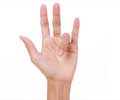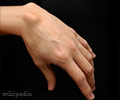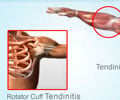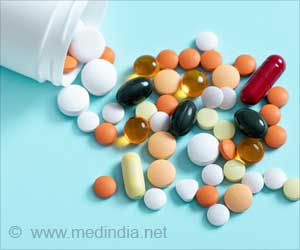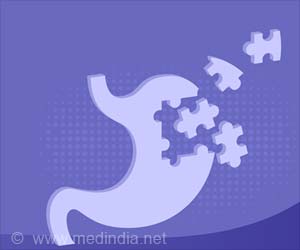Patients who get a steroid injection in their shoulder for rotator cuff pain relief or improved shoulder function should not return to their regular activities for a few weeks.
Patients who get a steroid injection in their shoulder for rotator cuff pain relief or improved shoulder function should not return to their regular activities for a few weeks, according to a study.
“Steroid injection temporarily produces a molecular response in the tissue that is similar to that of a tendon injury, possibly making it more vulnerable to damage during this time,” said senior study investigator, Loyola University Chicago Stritch School of Medicine.“This is especially important because steroids often give patients rapid pain relief,” said Callaci. “If a patient returns to rigorous activities right after a steroid injection, the weakened tissue may not be able to sustain itself.”
He cautioned that these findings should not preclude people from having a steroid injection or physicians from administering steroids. “The study gives us a better understanding of what is happening on the molecular level,” he said.
Loyola presented the findings here today at the 53rd annual meeting of the Orthopaedic Research Society.
“We found that steroid injections cause a tendon to behave in a way where it thinks it has been acutely injured,” noted Callaci. “Steroids rapidly provide anti-inflammatory and pain relief. That is why steroids are so popular, but physical therapy also can produce some of the same effects. It just takes longer.”
For the study, Callaci and colleagues examined the global gene expression profiles in rotator cuff tendons following injury or exposure to corticosteroid. The researchers used gene array analysis of the complete rat genome to characterize the molecular response of rat rotator cuff tendon tissue to injury, injection of corticosteroids, and the presence of both injury and corticosteroid.
Advertisement
“Not only did gene expression overlap but so did some biological pathways,” said Callaci. “Acute injury of the rat rotator cuff tendon significantly modulated the expression of genes in 26 different biological pathways and steroids affected 13 pathways. Twelve of the 13 overlap with the injured pathways.
Loyola currently is conducting a biomechanical study to determine if the steroids change strength, stress, strain or elasticity of tendons. “We are investigating the biological basis of how tendons heal and how steroids may modulate that healing,” said Callaci.
“We want to see if there are actual differences in biomechanical properties right after steroid injection,” he said. “If you have a tendon injury already and you’re given steroids, how is that modulating the healing response? Do you get more scar formation or do other things change? These are the questions we are researching now.”
Source-Newswise
SRM

